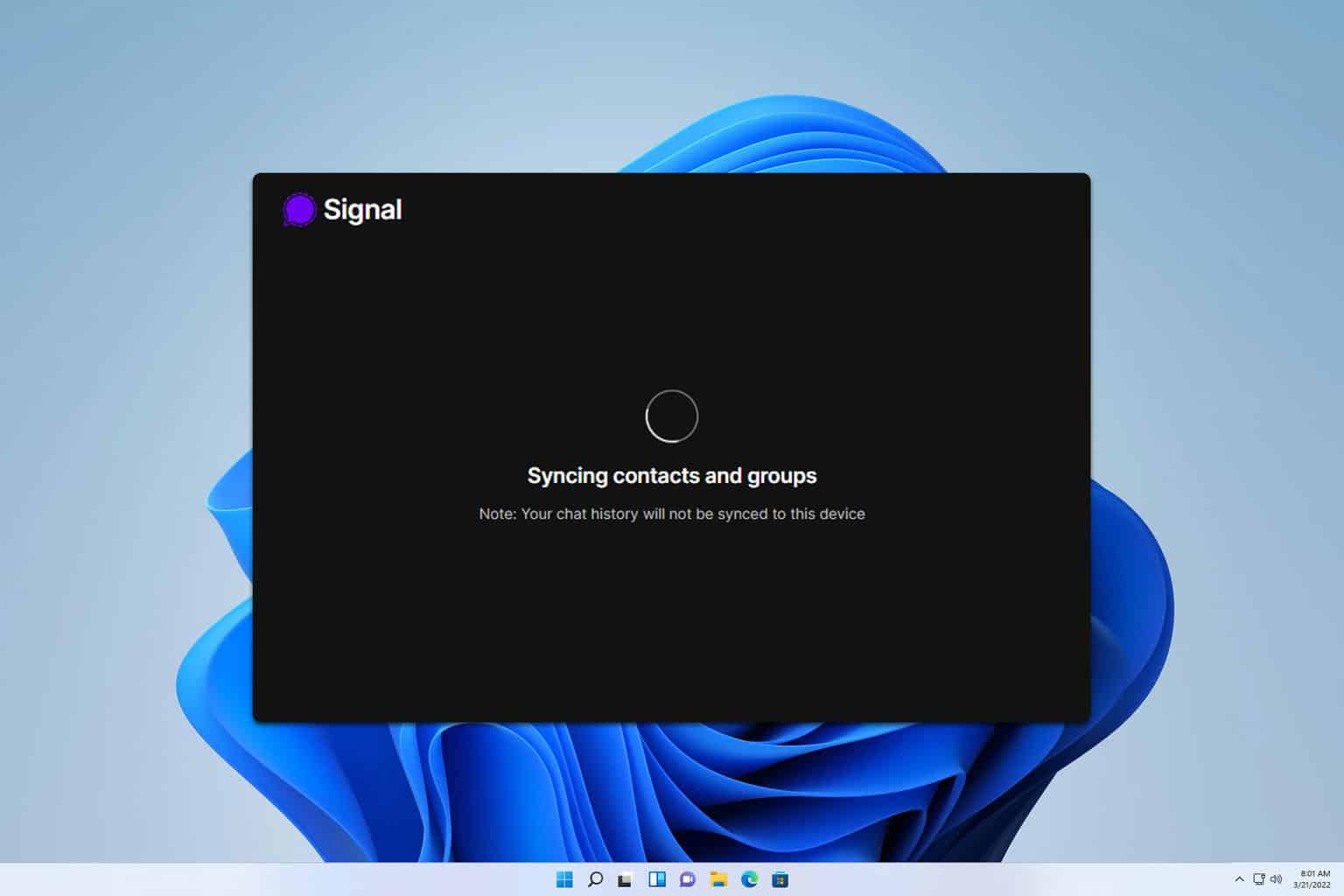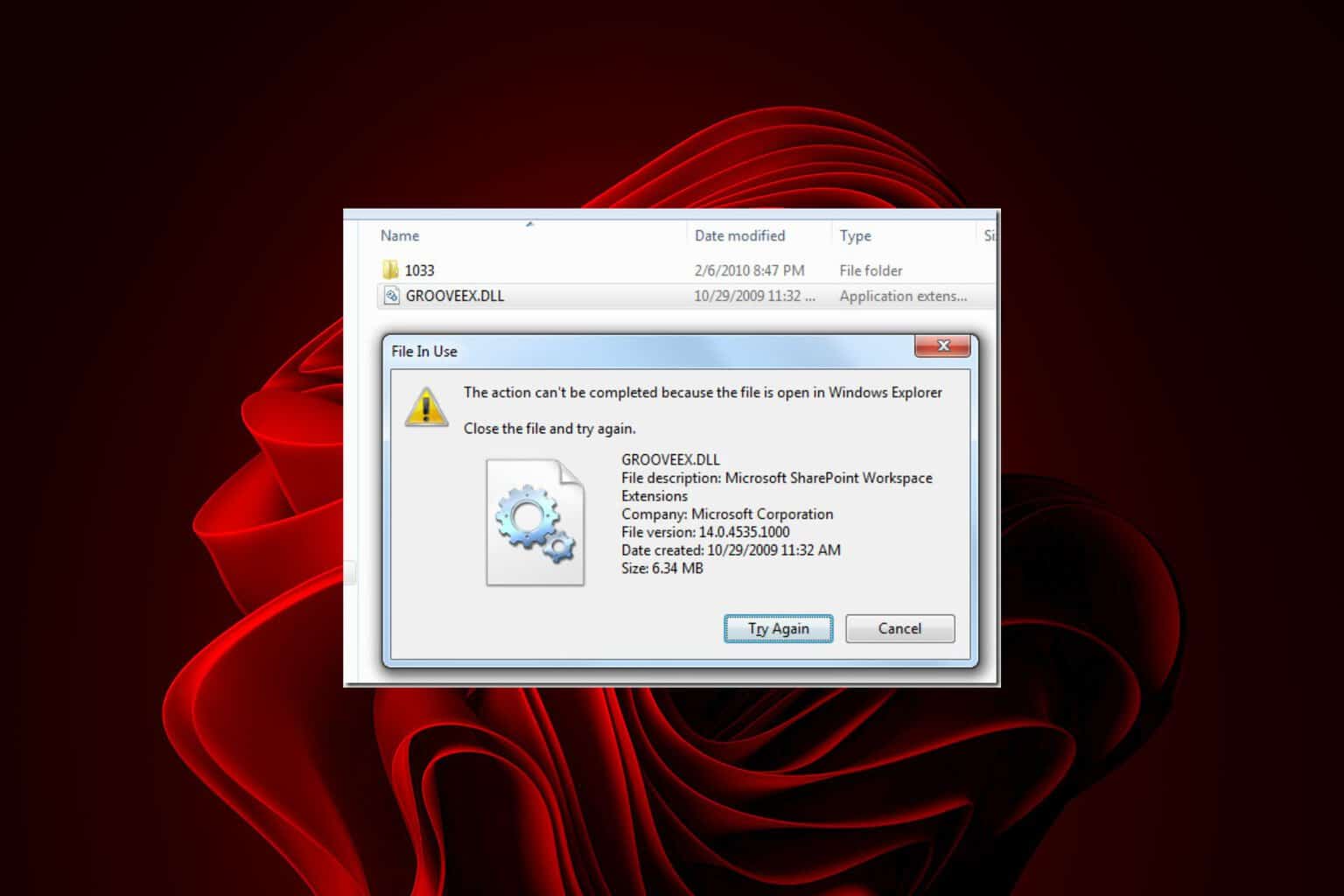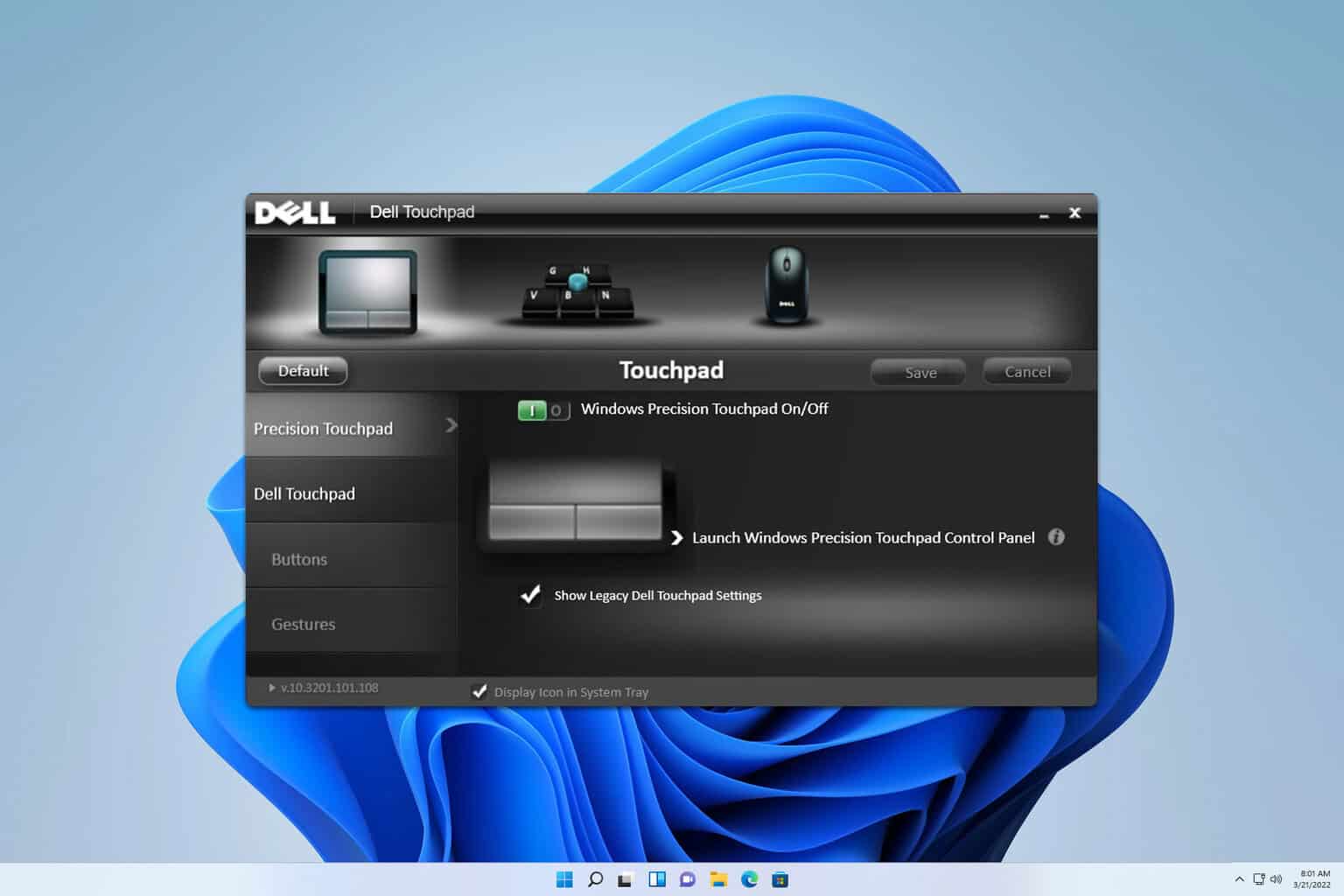Microsoft Defender for IoT introduces firmware analysis to tackle the growing IoT security threat
2 min. read
Published on
Read our disclosure page to find out how can you help Windows Report sustain the editorial team. Read more

Microsoft has taken a step in addressing the rising concern of IoT and OT device vulnerabilities by introducing firmware analysis in Microsoft Defender for IoT. With thousands of endpoints running outdated, unpatched SSH servers and the recent log4shell vulnerability discovery, organizations need improved visibility into their network devices.
The US National Cybersecurity Strategy, in a report released in March 2023, highlighted the IoT security threat as a strategic objective, underscoring the urgency to address the issue.
Lack of Visibility in IoT and OT Devices
Modern endpoint solutions provide insights into software inventories and vulnerabilities for IT devices. However, IoT and OT devices without an agent lack this visibility, acting as black boxes. Organizations remain unaware of crucial information like software levels, patches, vulnerabilities, and anomalies.
Introducing Firmware Analysis for Improved Security
Microsoft Defender for IoT introduces firmware analysis to bridge this visibility gap and enhance security for IoT and OT devices. The automated analysis examines binary firmware images, identifying potential vulnerabilities and weaknesses without requiring an endpoint agent.
How Firmware Analysis Works
Users access “Firmware analysis (preview)” in Defender for IoT to use the firmware analysis capability. By uploading an unencrypted Linux-based firmware image from the device vendor, the unpacked image undergoes thorough security analysis, revealing hidden threat vectors.
Key Insights from Firmware Analysis:
- Software Packages and Vulnerabilities
The analysis creates an inventory of open-source packages akin to a Software Bill of Materials (SBOM). This helps manufacturers track components and detect vulnerabilities through published Common Vulnerabilities and Exposures (CVEs). - Analyzing Binaries
Firmware analysis assesses binary hardening beyond vulnerability identification. It checks code construction and adherence to security practices like Stack Canaries, measuring security hygiene and binary exploitation risks. - Weak Accounts and Crypto
Firmware analysis targets weak accounts (e.g., hardcoded usernames/passwords). Manufacturers improve firmware based on this info, while enterprises identify risky devices. It also locates embedded cryptographic material, alerting organizations to potential entry points for adversaries.








User forum
0 messages